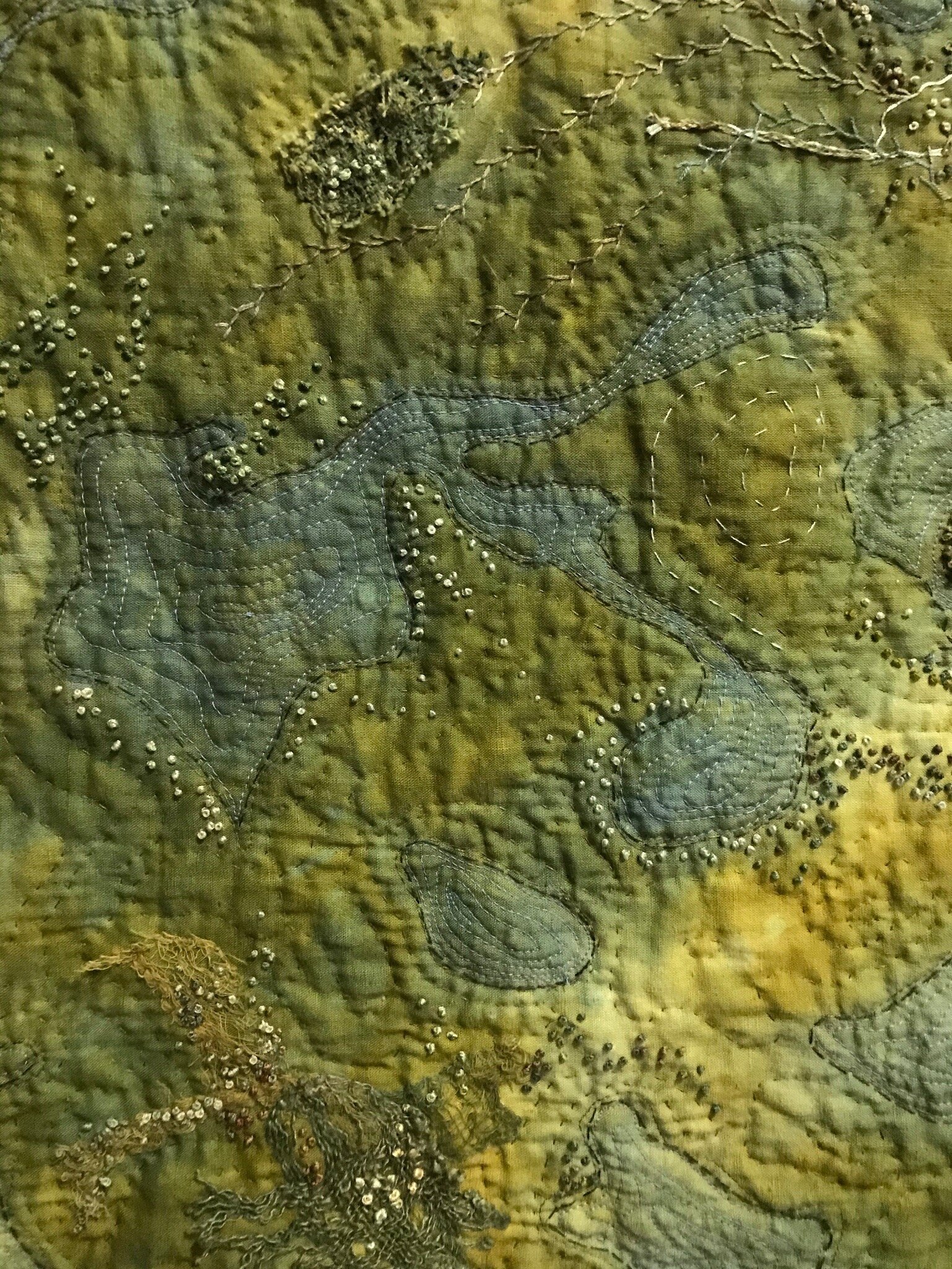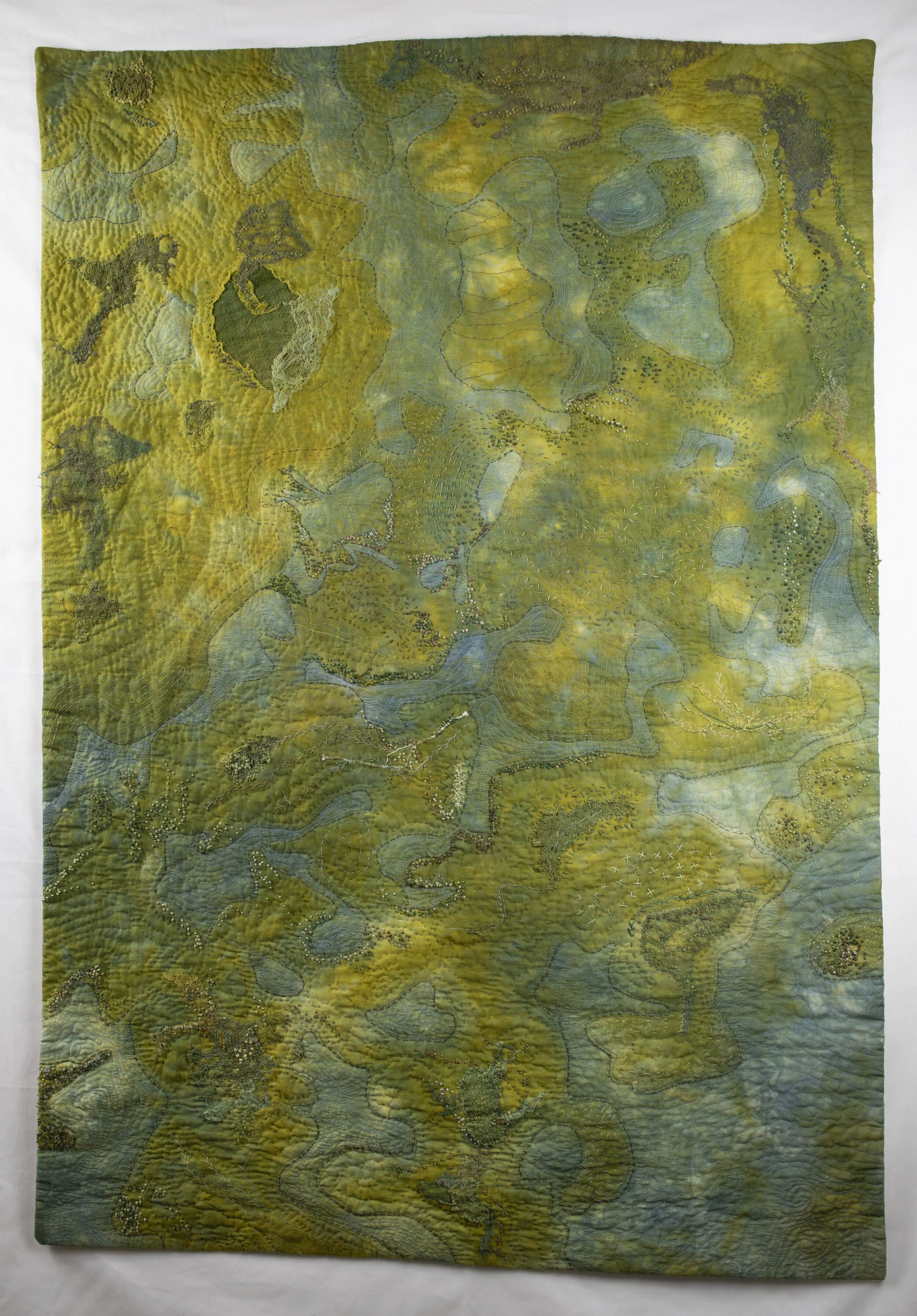I pulled out all my previous sketchbooks this morning to do some looking. I do this from time to time when I’m looking for information or inspiration. I’m always surprised when I look back through mine at how useful I find them.
a stack of sketchbooks
I first began to keep a sketchbook in late 2014/early 2015. Before this time, I did not see how they were relevant to me and my art making. I do not draw or sketch, and so I did not understand how they might be a valuable part of my process. This all changed when a colleague at school explained how she had recently learned to use them. For her sketchbooks were a place to journal, attach images, to make notes on ideas or specific pieces, and to record feedback from critiques and studio visits.
Sketchbooks for me are a record of things that caught my attention, artists that I’ve discovered, concepts/words/images that are feeding my process. I often jot down notes, quotes and free writing based on what I’m reading, researching, and talks that I’ve attended. I’ve attached show cards for art events. I attach imagery of artists and their works that inspire me. Usually, I write a few sentences about what drew me to the work. Things I noticed right away, and sometimes insight about how I can resolve a question I’ve been having in my own work.
Sketchbook images of a trip to Santa Fe in 2015
They serve to remind me of what I was interested in at a particular time and many of those ideas can be renewed. Often there are a brief outline for a piece that I thought about working on and somehow lost interest. Sketchbooks are a time capsule. I usually put the date on the cover of when I began the book and when it was finished.
I have a few don’ts for using sketchbooks. Don’t hold back, a sketchbook isn’t precious. I use very inexpensive spiral books with blank paper. I tried to use nicely bound books that I purchased at art supply shops. This didn’t work for me as it was too nice to write in. Write everything in them. Usually I’ll find monthly, weekly, or daily goals of things I wanted to work on, deadlines that I was keeping an eye on. Sometimes there are journal entries when I had just a few ideas or feelings that I was working through.
Second, you don’t have to show them to anyone. They can be just for you. You can draw (badly or well) in them. You can cross things out. You can work through ideas – creating a visual record of things you tried that went well or didn’t. I print out some of my process pictures and then just tape them in. My sketchbooks will never be on display in a gallery. They are just for me—for now and for later.
Notes from a online Textile Talk and word notes from a audiobook that I wanted to remember.












